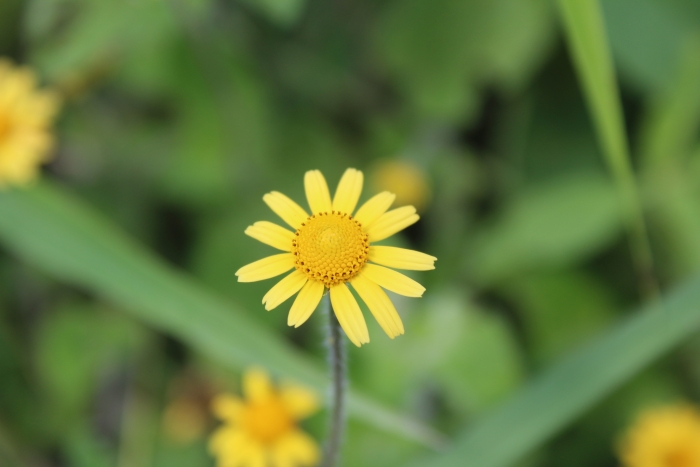Creeping Spotflower
(Acmella repens)
Creeping Spotflower (Acmella repens)
/
/

© Ricard Busquets Reverte
CC BY 4.0

























Estimated Native Range
Summary
Creeping spotflower is valued for its ability to stabilize soil and provide ground cover in moist, wetland areas. It is often used in rain gardens, water features, and naturalized areas where its creeping habit and tolerance for wet conditions are advantageous. In cultivation, Acmella repens prefers full sun to part shade, consistently moist to wet soil, and does not tolerate drought well. While it is not commonly known for significant pest or disease problems, it can spread aggressively in ideal conditions, potentially becoming invasive in areas outside its native range. Gardeners should be mindful of its spreading nature when considering it for landscape use.CC BY-SA 4.0
Plant Description
- Plant Type:
- Height: 0.25-0.5 feet
- Width: 0.5-1 feet
- Growth Rate: Rapid
- Flower Color: Red, Yellow
- Flowering Season: Summer, Fall
- Leaf Retention: Semi-deciduous
Growth Requirements
- Sun: Full Sun, Part Shade
- Water: Medium, High
- Drainage: Medium
Common Uses
Butterfly Garden, Edible*Disclaimer: Easyscape's listed plant edibility is for informational use. Always verify the safety and proper identification of any plant before consumption., Groundcover, Low Maintenance, Potted Plant
Natural Habitat
native to wetland habitats including marshes, swamps, and riparian zones along streams and ponds in the southeastern and south-central United States, as well as in Mexico, Cuba and South America
Other Names
Common Names: Creeping Spot Flower , Toothache Plant , Para Cress
Scientific Names: Acmella repens , Acmella nuttaliana , Acmella occidentalis , Acmella oppositifolia var. oppositifolia , Acmella oppositifolia var. repens , Acmella repens , Acmella repens var. beccabunga , Acmella repens var. repens , Anthemis repens , Anthemis trinervia
GBIF Accepted Name: